Search the Special Collections and Archives Portal
Search Results
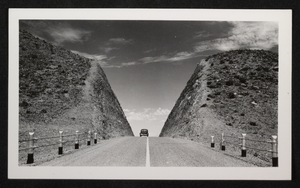
Photograph of the Boulder Highway between Boulder City, Nevada, and Kingman, Arizona, circa 1935
Date
1934 to 1936
Archival Collection
Description
An image of a lone vehicle traveling down Boulder Highway between Boulder City and Kingman.
Image
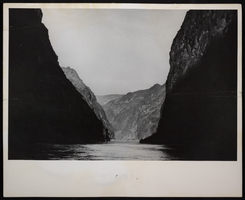
Photograph of Colorado River, Black Canyon, circa 1930-1935
Date
1930 to 1935
Archival Collection
Description
Colorado River, Black Canyon.
Image
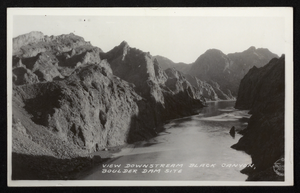
Postcard of Colorado River, Black Canyon, circa 1930-1935
Date
1930 to 1935
Archival Collection
Description
Colorado River, Black Canyon
Image
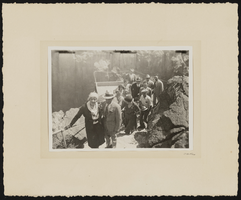
Photograph of a wedding party at the Black Canyon Mountains (Nev.), 1932
Date
1932
Archival Collection
Description
The photograph depicts a group of people attending the wedding of "Ма" Kennedy, Black Canyon (Boulder City, NV), 1932.
Image
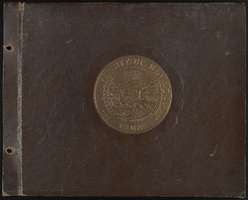
People and places in Southern Nevada and other locations across the United States: photograph album and ephemera
Date
1910 (year approximate) to 1940 (year approximate)
Archival Collection
Description
Selma Morrison Photo Album, containing images of people and places in Southern Nevada (and other various locations across the United States) from approximately 1910-1940. Loose photos that originally were part of the album were digitized in the order that they would have appeared in the album. Several images not connected to the album and loose ephemera have also been digitized and can be viewed after the back cover of the album.
Image
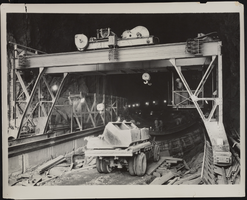
Trucks bringing concrete from the mixing plant: photographic print
Date
1933-07-22
Archival Collection
Description
From the UNLV Libraries Single Item Accession Photograph Collection (PH-00171). Trucks hauling two 2-cubic-yeard buckets, bringing concrete from the mixing plant. (duplicate of #0120 0033)
Image
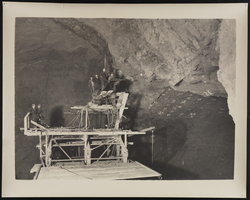
Unidentified construction workers on top of a large piece of equipment: photographic print
Date
1935-03-26
Archival Collection
Description
From the UNLV Libraries Single Item Accession Photograph Collection (PH-00171). Men on huge piece of equipment inside a tunnel.
Image
Desert Sculptors Association Records
Identifier
MS-00779
Abstract
The Desert Sculptors Association Records (1913-2015) contain agendas, minutes, reports, financial records, photographs of sculptures, and descriptions of community service projects. There is also a scrapbook that chronicles the organization's activities, members, and various sculptures.
Archival Collection
Pagination
Refine my results
Content Type
Creator or Contributor
Subject
Archival Collection
Digital Project
Resource Type
Year
Material Type
Place
Language
Records Classification

